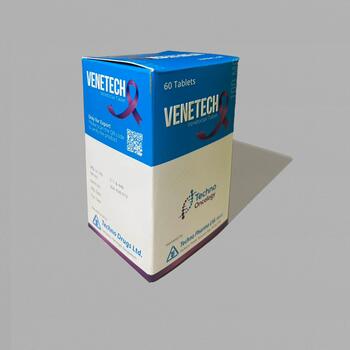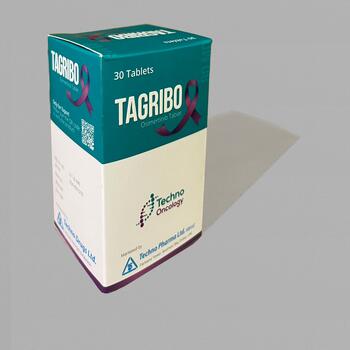Crizocent 250

Composition
Crizotinib’s chemical name is
(R)-3-[1-(2,6-Dichloro-3-fluorophenyl)ethoxy]-5-(1-piperidinyl)pyridin-2-amine.
Its molecular formula is C₂₁H₂₂Cl₂FN₅O, and its molecular weight is 450.34 g/mol.
Pharmacological Effects
Crizotinib is a selective small-molecule tyrosine kinase inhibitor, specifically targeting anaplastic lymphoma kinase (ALK) and ROS1 gene rearrangements in non-small cell lung cancer (NSCLC).
It works by inhibiting abnormal signaling pathways caused by these genetic alterations, thereby preventing cancer cell proliferation and growth.
Crizotinib is especially effective in patients with ALK rearrangements or ROS1 rearrangements.
Administration and Dosage
Crizotinib is administered orally in the form of capsules.
The recommended dose is 250 mg twice daily.
Dosage may be adjusted based on patient tolerance and clinical condition.
It should be taken strictly under medical supervision, and patients require regular monitoring during treatment to assess efficacy and detect side effects.
Development History
Crizotinib was developed by Pfizer and received U.S. FDA approval in 2011 as the first targeted therapy for ALK-positive NSCLC.
Although ALK mutations are relatively rare in NSCLC, this success marked a new direction in precision oncology.
In 2016, Crizotinib was also approved by the FDA for the treatment of ROS1-rearranged NSCLC.
Mechanism of Action
Crizotinib blocks cancer cell proliferation by selectively inhibiting the kinase activity of ALK and ROS1.
Mutations or rearrangements in these genes often lead to uncontrolled cell growth.
By interrupting these abnormal signaling pathways, Crizotinib can effectively suppress the spread and growth of cancer cells.
Summary
Crizotinib is a highly effective targeted therapy for NSCLC patients with ALK or ROS1 rearrangements.
By inhibiting abnormal cellular signaling, it helps control cancer progression, offering a valuable treatment option for patients with these specific genetic profiles.
Crizotinib has significantly improved survival outcomes and quality of life for many affected individuals.







